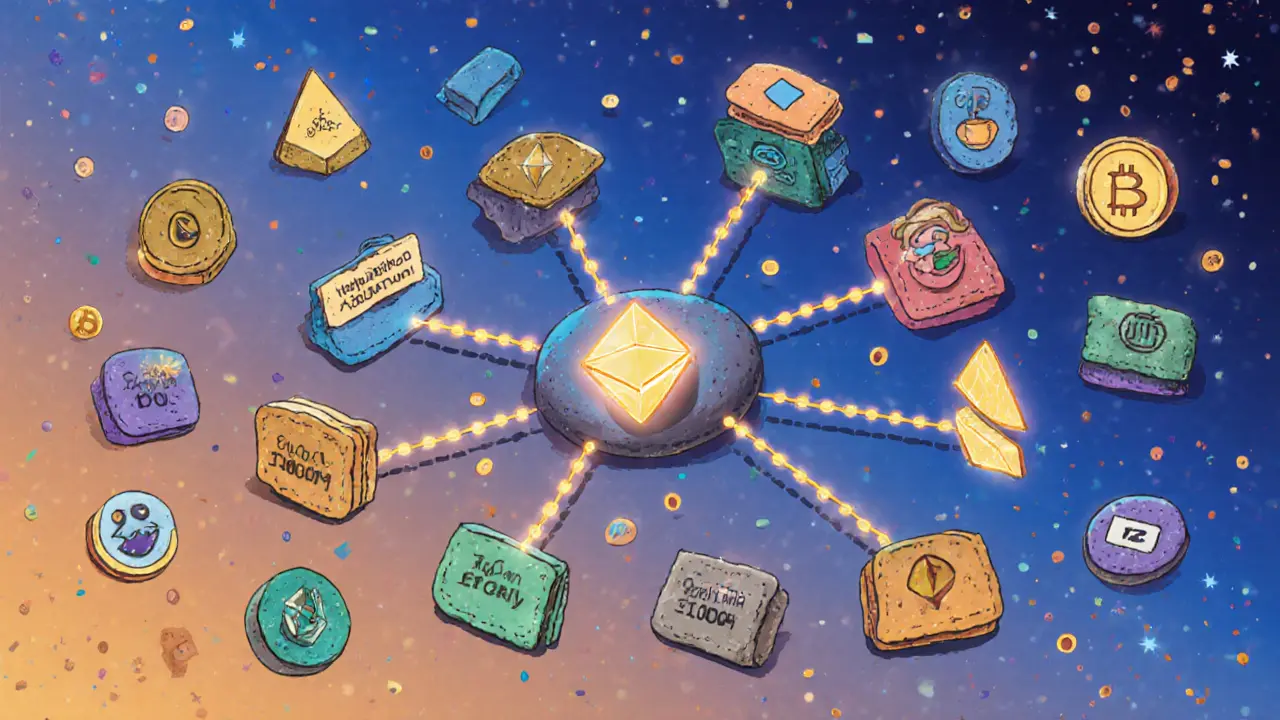DAA: What It Is, Why It Matters in Crypto, and What You Need to Know
When you hear DAA, a Decentralized Autonomous Organization that lets groups make decisions using blockchain-based voting and smart contracts. Also known as DAO, it’s not a company, not a club, and not run by a CEO — it’s code that enforces rules agreed on by token holders. Think of it like a digital co-op where anyone who holds a specific token gets a vote on things like funding, upgrades, or even banning bad actors. No one person owns it. No one can change the rules alone. The system runs on its own, as long as the code holds up.
DAA isn’t just theory — it’s what powers real decisions in crypto. Projects like Uniswap, Aave, and even smaller DeFi tools use DAA to let users vote on fee changes, new token listings, or how to spend their treasury. That’s a big shift from traditional finance, where a board of directors decides everything. Here, if you hold enough of the token, you help steer the ship. But it’s not perfect. Many DAA systems suffer from low participation — only a few wallets control most votes. Others get hijacked by whales who buy up tokens just to push their own agenda. And if the code has a bug? That’s not a glitch — it’s a $50 million loss, as we’ve seen before.
What you’ll find in the posts below isn’t just a list of DAA projects. It’s a look at how DAA connects to real-world crypto risks and tools. You’ll see how blockchain oracles, systems that feed real-world data into smart contracts can break a DAA if they’re manipulated. You’ll see how yield farming, earning crypto by locking up tokens in liquidity pools often ties into DAA governance — because farming rewards are usually voted on by token holders. And you’ll see how crypto exchanges, platforms where people trade digital assets sometimes launch their own DAA to give users control over listing fees or fee splits. These aren’t random posts. They’re all tied together by the same idea: power in crypto is shifting from companies to code — and DAA is the engine behind that shift.
Some of the posts here warn you about fake DAA-like projects — tokens that claim to be decentralized but are actually controlled by one person. Others show you how DAA voting plays out in real time, like when a community votes to shut down a risky DeFi pool or redirect funds. You’ll also see how government crackdowns on crypto — like asset seizures or mining bans — force DAA groups to adapt or disappear. This isn’t just about tech. It’s about trust, control, and who really holds the keys in a world that says there are no keys.
Active Addresses and Network Activity: What They Really Tell You About Blockchain Health
Active addresses reveal real blockchain usage by counting unique wallets involved in transactions. Learn how to interpret DAA trends, avoid common pitfalls like airdrop farming, and combine this metric with others like TVL and fees for accurate network analysis.
